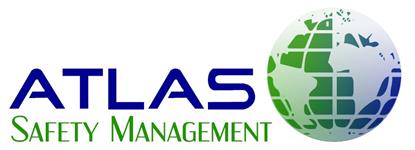Chemicals are commonly used in a variety of processes in one form or another and just about every worksite has chemicals present. Exposure to chemical might be accompanied by warning signs or it could be an odourless, colourless gas.
Main Points:
• Toxic – Chemicals that can have a poisonous effect on a worker.
• Irritant – Chemicals causing an inflammatory effect.
• Combustible liquids – A liquid that combusts after being exposed to high temperatures.
• Corrosive – Chemicals causing visible destruction or alteration.
• Sensitizer – Chemicals causing an allergic reaction in tissues.
• Flammable liquids – a liquid that emits vapours that may catch fire.
A few of the most common compounds:
• Benzene – this is a toxic substance which is colourless with a sweet odour.
• Hydrogen sulphide – this is a flammable gas which is colourless with an intense odour like the smell of rotten eggs.
• Hexavalent chromium compounds – this is usually formed during hot work welding of chromium containing metals.
• Carbon monoxide – this is a tasteless gas, which is less dense than air.
Potential health effect includes:
• Asthma being triggered by a substance at work.
• Losing consciousness because of being overcome by fumes.
• Infection from bacteria and other micro-organisms.
• Skin irritation or dermatitis because of skin contact.
• Cancer, which may appear long after the exposure to the substance that caused it.
Routes of entry:
• Absorption – substance that is in contact with the eyes or skin, this is normally increased through cuts and skin abrasions but may be either absorbed into the body or cause of local effect.
• Injection – substance that is taken through the body by the bloodstream, this may be a result from a mechanical injury from contaminated sharp objects such as blades, glass, hypodermic needles etc.
• Ingestion – substance that is taken through the body by mouth. This may be a result from eating in a contaminated work area or hand to mouth actions such as biting finger nails, smoking, pens in mouth etc.
• Inhalation – substance that is taken through the body by breathing it in. airborne contaminants can be easily absorbed through the tissue due to very tiny bloody vessels that are in constant contact with the air we breathe in. this is generally the most important route of entry.
Discussion Points:
Precautions:
• Spills should be reported immediately.
• Make sure you keep chemicals in their original container.
• Ensure every worker that’s handling or around the chemicals to use all the proper PPE, including a gas meter when appropriate.
• If chemical exposure has occurred, then the worker should seek the necessary medical assistance.
• Flammable and combustible chemicals should not be near heat sources.
• Make sure everyone is aware and look out for chemical warning signs.
• If chemicals are splashed onto clothing, the clothing you or the worker is wearing should be removed immediately.
• Always read labels when dealing with chemicals.
• Make sure you wash thoroughly before eating, drinking or smoking.




